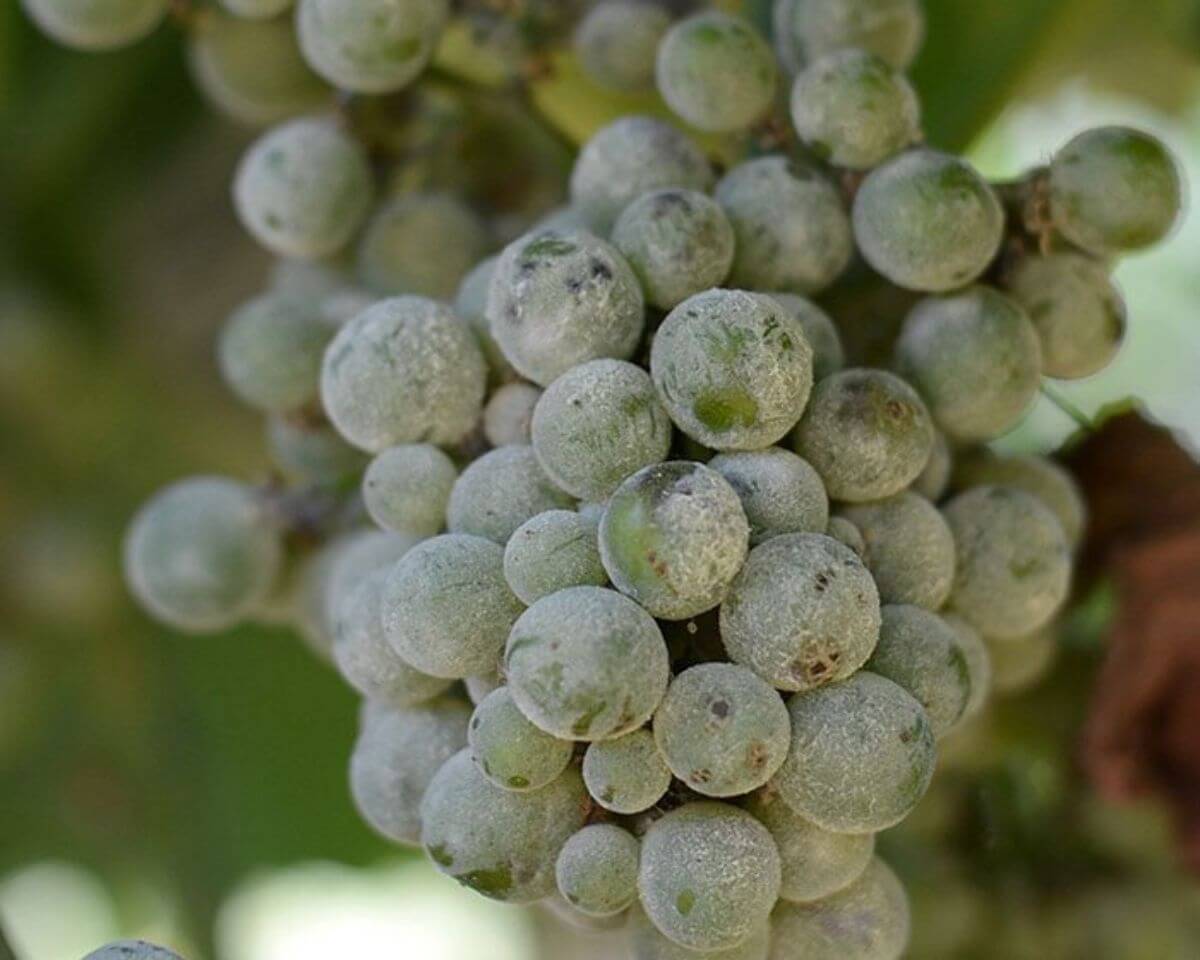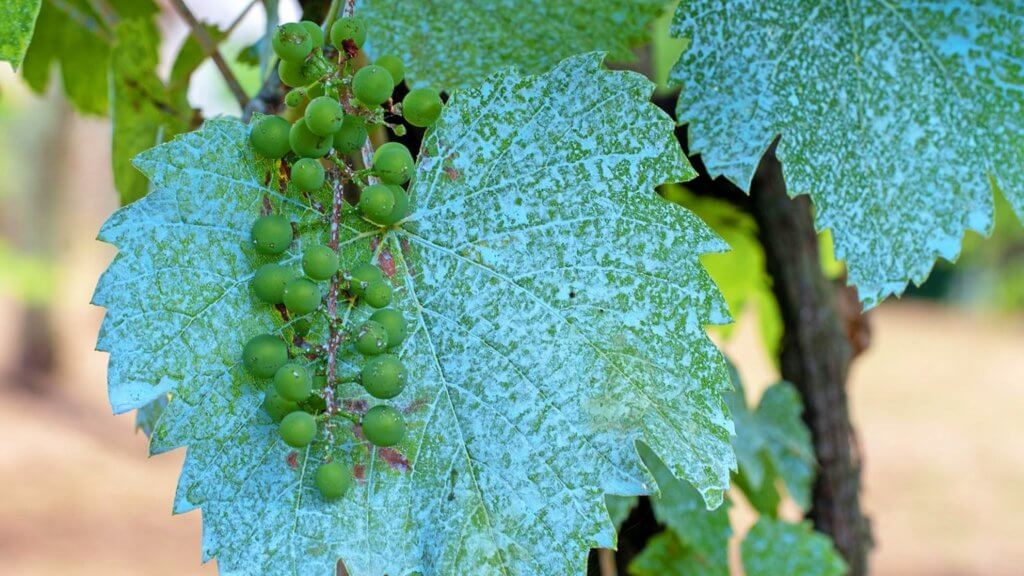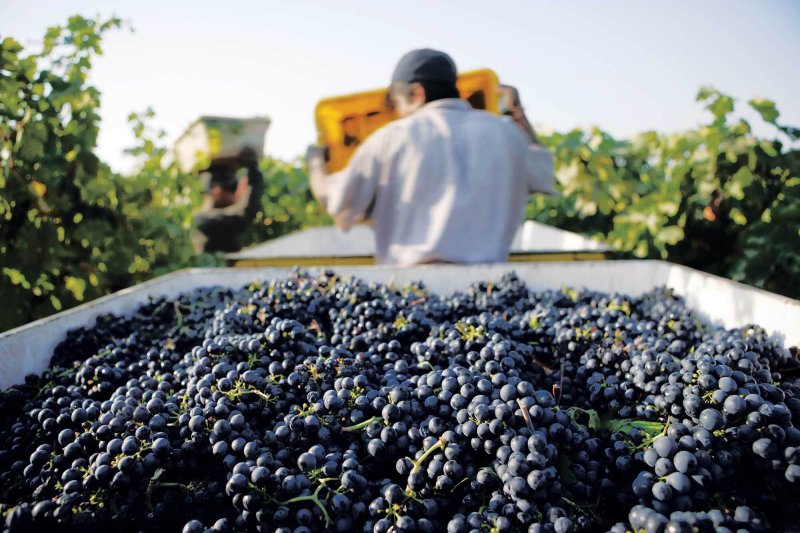Food systems cannot be resilient to crises such as the Covid-19 pandemic if they are not sustainable. We need to redesign our food systems which today account for nearly one-third of global GHG emissions, consume large amounts of natural resources, result in biodiversity loss and negative health impacts (due to both under- and over-nutrition) and do not allow fair economic returns and livelihoods for all actors, in particular for primary producers.
The EU aims to surmount these challenges by reducing the use of pesticides, either by restricting the ways they can be applied, or in many cases, by refusing to reauthorize particular chemicals when they come up for periodic review by regulators. Often these restrictions are at odds with the rigorous safety assessments that have been conducted by many regulatory bodies around the world, including the US EPA. F2F’s other central tenet is the expansion of organic farming, which is hardly a solution to climate change as I have discussed previously.
The EU’s pleasant-sounding policy rhetoric aside, there are several reasons why this plan will cause unnecessary complications for European farmers. And since the EU is a major importer of food, feed and fiber crops, the restrictions that F2F applies to various pesticides will also harm farmers around the world who export their crops to the EU market.
To understand these impacts in greater detail, let’s survey one of Europe’s most important agricultural industries: wine grapes. Two takeaways will be clear when we’re finished. Europe’s proposals to reduce pesticide use and promote organic farming countermand each other, and F2F therefore gets the EU no closer to “fair, healthy and environmentally-friendly” wine production.
Pests, pesticides and grape breeding: A crash course
Wine grapes only represent around 3% of EU farmland, but around 20% of total EU pesticide use. This may seem like relatively intensive use of crop protection products compared to other plants, but it makes sense for two reasons. For one thing, wine grapes are a high-value crop, so growers can afford to use more pesticides to optimize the yield and quality of their fruit. For another, certain pests present a formidable and unique challenge to the European grape industry.
With most crops, breeding is an important pest-control strategy, notably when it involves tapping into the genetic diversity available in various wild relatives of the cultivated crop. With wine grapes, the breeding option is essentially off the table because of the long tradition of growing very specific Old-World grape varieties of the species Vitis vinifera, which produce the highest quality crop for the weather and soil conditions of each growing region or “appellation.” The tradition of growing specific grape cultivars in each region is often called “terroir,” and this is nothing the industry wants to change because it needs to meet consumer expectations and marketing narratives about wine quality.
In the 1870s, there was a dramatic change to the genetics of European grapes. A root-feeding insect called Phylloxera was inadvertently transported to Europe from North America. The various wild species of grapes that evolved alongside Phylloxera are fairly resistant to the damage from that specific insect pest. (The most familiar example of this kind of grape is a species called Vitis labrusca, which consumers know as Concord Grapes used to make non-alcoholic grapes juices such as the famous brand – Welches).

The native American grapes are not considered sufficient for making high-quality wines, but some hybrids between the two species are grown for wine in the Northern US, in areas that are too cold for Vitis vinifera. The Vitis vinifera grapes of Europe evolved without the challenge from Phylloxera, so once the pest crossed the Atlantic, vineyards were highly susceptible to its damage and began a steep decline. The industry was only able to survive by grafting the vinifera cultivars onto American rootstocks. Grafting is a horticultural technique that has been practiced for centuries, but it was only with great reluctance that European growers took that step.
Around the world today virtually all wine grapes are grown on these American rootstocks, because they can provide protection from soil-borne pests while allowing the traditional varieties to achieve the fruit qualities that made them so desirable.
There are two other serious foliar diseases that also made the jump from North America to Europe in the 1800s. The first was a disease called Powdery Mildew, and it causes loss of yield and quality as it grows on the exterior of the leaves and fruit. Vitis vinifera is highly susceptible to this disease.
The solution to powdery mildew is probably the oldest known pesticide, elemental Sulfur. This natural mineral product was found to control the disease, but only if the grapes were “dusted” with something like 10 pounds/acre of sulfur every 7 to 10 days, for much of the season until the fruit begins to ripen (a stage called veraison in grape-speak).
Sulfur is not very toxic if consumed in food or drink, but it is an eye and skin irritant that can be unpleasant to work with in a vineyard. There is also some evidence that, as with other dusts, sulfur can increase the risk of asthma among the children who live near the places were dust products are applied. California has recently restricted the use of sulfur and other dusts near populated areas. “Wettable” forms of sulfur can still be used without the respiratory problem, and those are still a part of integrated pest management systems for grapes. However, most modern grape growers use sulfur more sparingly because newer and more effective synthetic fungicides have been developed that require far smaller doses at longer intervals and are in the EPA toxicity class IV, described as “essentially non-toxic” by ingestion.

I still remember the beautiful floral aroma during the grape bloom period in 1978, during my graduate research out in California’s vineyards. That distinct smell was the result of grapes treated with the first of these new fungicides, instead of the normal odiferous and irritating sulfur. I cover this phenomenon in depth on an episode of my PopAgriculture podcast, but the point for our purposes here is that organic grape growers are not allowed to use these modern tools and must therefore depend on high use-rate options like sulfur and petroleum distillates (think mineral oil for the latter). This is just one example of how the EU Farm to Fork strategy actually undermines its stated goals.
There was another “intruder” fungus pest that originated on North American grapes and then caused even more severe problems for the European industry in the 1870s—downy mildew. The solution that was ultimately found to this disaster was another very early pesticide. It was discovered by a French botanist named Pierre Millarday, who noticed a particular vineyard along a roadside that exhibited much less damage from the new disease. He learned that the grower applied copper sulfate combined with lime as a way to make the fruit look unappealing to passers by, who up to that point helped themselves to his grapes.

That “natural” pesticide became known as the Bordeaux mix, and it saved the grape industry. It was also a much-needed solution to a related potato disease that caused the infamous Irish Potato Famine in the same era.
Various copper-based products do work against these pests and many are approved for use in organic production, but they are unfortunately quite toxic to aquatic organisms and persistent in the environment, since the mineral copper isn’t going to break down to innocuous components the way many other natural or synthetic chemicals do over time. After years of use, copper fungicides build up in vineyard soils and can become toxic to grape roots. Many European organic growers have had to abandon their organic status because of these soil issues. Copper fungicides also require high use-rates (4-6 pounds/acre) and frequent applications, because the copper is easily washed off by rain.

Once again, many low-toxic, highly effective and environmentally friendly synthetic fungicides have been developed to fight downy mildew, but those options are not allowed in organic production. European regulators are not fans of these copper fungicides, but their politicians have made exemptions for grape growers while at the same time erecting barriers to more benign products that have met rigorous safety standards in other countries.
Organic growers also have limited options for the control of mold fungi that can infect grapes as they ripen. That sort of “bunch rot” is very bad for wine quality, but it’s easily managed with safe, modern synthetic fungicides, though organic growers must still depend on copper. Chemical herbicides are likewise desirable for grape production because they eliminate erosion-causing mechanical plowing used to eradicate weeds in vine rows. Tillage is still the main option for organic growers, who again are forced to forgo the latest, most effective tools.
So, in all these cases, the EU’s pesticide reduction and organic production goals are in conflict, undermining the effort to promote sustainable farming.
Biotech solutions also prohibited
Recalling our brief history lesson above, there are several wild grape species that are more resistant to powdery and downy mildew. Theoretically, traditional breeding methods could be used to transfer some of those disease-resistance genes to commercial cultivars. Conventional grape breeding is possible; it has been used to develop seedless table grapes with new colors and flavors. But the process is painstaking and time consuming, making it a less than ideal solution for growers.
Some new wine-grape varieties with disease resistance from wild grapes have been developed by breeders working for the University of California, and they were repeatedly back-crossed so the final result was a variety with 95% vinifera genes. But because of tradition and some remaining wine-quality questions, the traditional European varieties still dominate the state and other grape-growing regions around the world.
With modern genetic technologies such as genome editing, it is now possible to work with only one or a few genes from the wild grape species that confer pest resistance, and do so without any effect on the thousands of other genes in the storied cultivars. This sort of molecular precision has already led to many important applications in medicine and agriculture, and scientists at Rutgers University and the USDA are using gene editing to breed downy mildew resistance into Chardonnay. But the EU has been very resistant to accepting so-called “GMOs,” even though European scientists have long argued that such changes do not represent any greater risk to public health or the environment than genetic modifications caused by traditional breeding.
There is some hope in the scientific community that European activists and political authorities will take the logical step of treating modern genome-editing technologies differently than the first-generation transgenic (GMO) genetic engineering methods, which involve inserting “foreign” DNA into the target plant’s genome. For all its faults, there is at least a promising mention of genome-editing technologies in the EU’s Farm to Fork Strategy:
“In response to the request of Member States, the Commission is carrying out a study which will look at the potential of new genomic techniques to improve sustainability along the food supply chain.”
Some commentators are even optimistic that traditionally anti-GMO groups and government officials will make a distinction for the new methods. Ideally, the EU would combine state-of-the-art genetics with low-hazard synthetic chemicals to reduce the likelihood of these various pests developing resistance to the traits a grower would need to last for decades in a new vineyard planting. That would also relieve the wine industries in other countries of having to cater to EU trade barriers as they decide how to produce their crops.
Europeans are not likely to abandon their taste for wine, and they don’t have to in order to pursue their legitimate sustainability goals. But organic production isn’t the solution here. Instead what is needed is respect for science and more effective communication of the actual safety story behind modern agriculture. The European Food Safety Authority (EFSA) has put forth an excellent overview that describes the EU’s robust pesticide approval system, which builds on the work of independent, academic experts.
But all too often in Europe politics trumps science. Let’s hope we might someday raise a toast to a more constructive and evidence-driven solution to the EU’s grape quandary.
Steve Savage is an agricultural scientist and consultant whose previous employers include Colorado State University and DuPont. He is a senior contributor to the GLP. Follow him on his blog, Applied Mythology, or on Twitter @grapedoc































